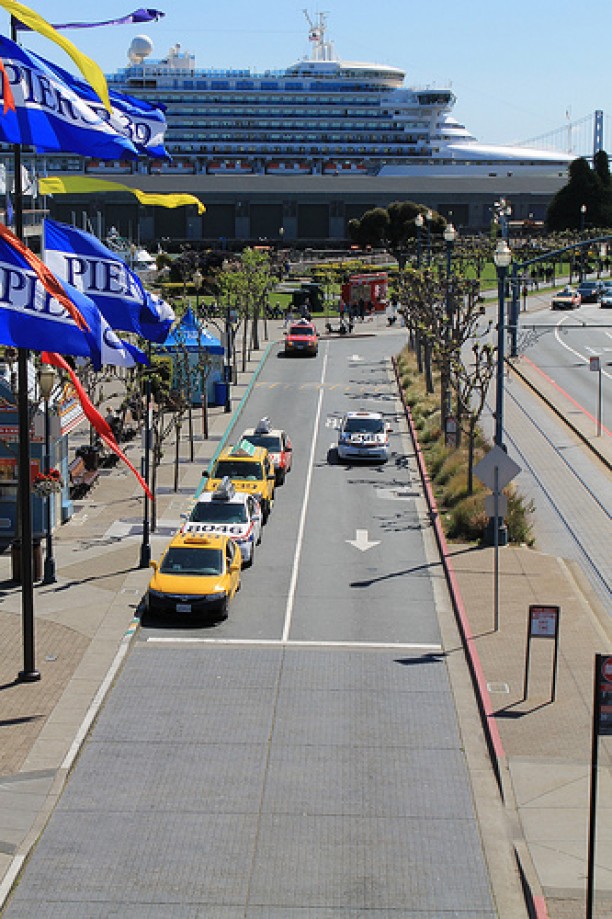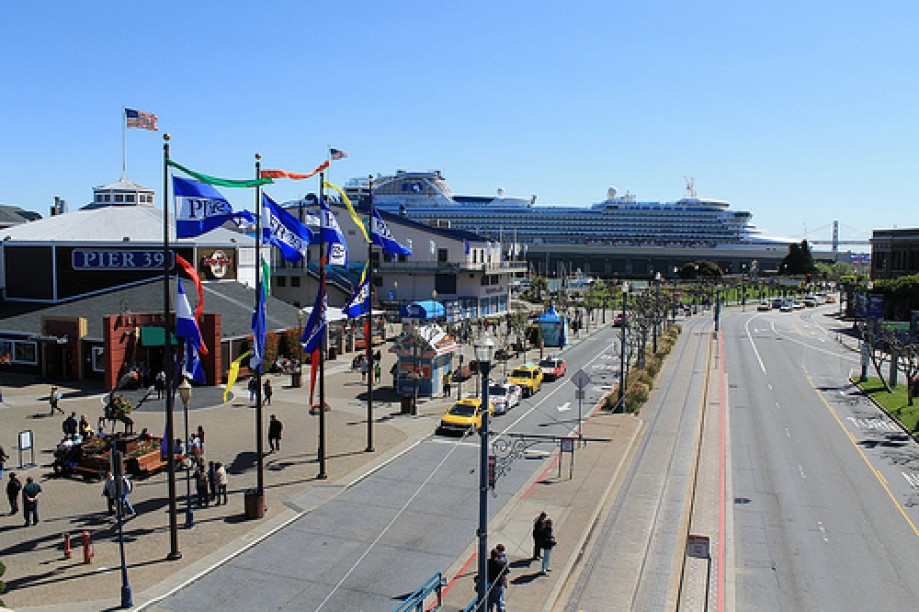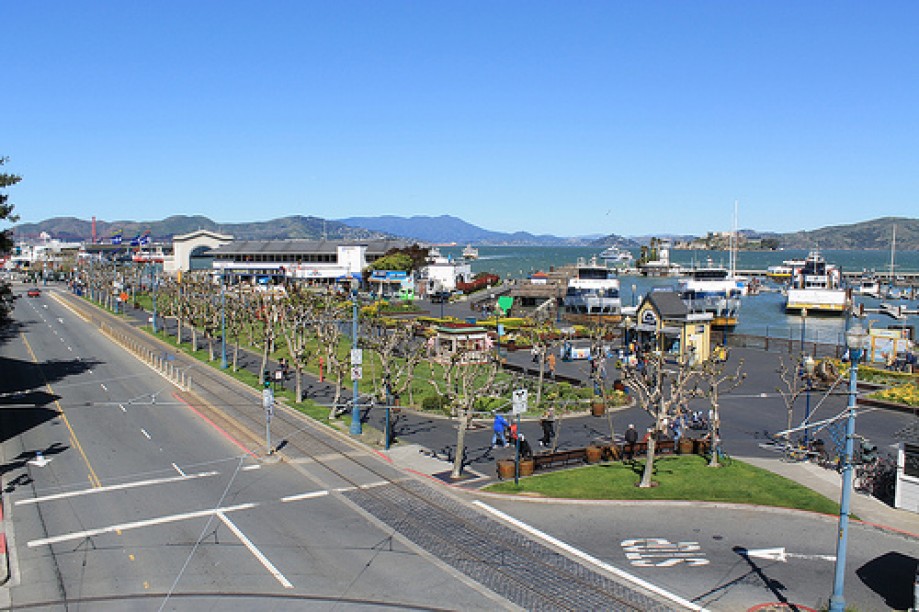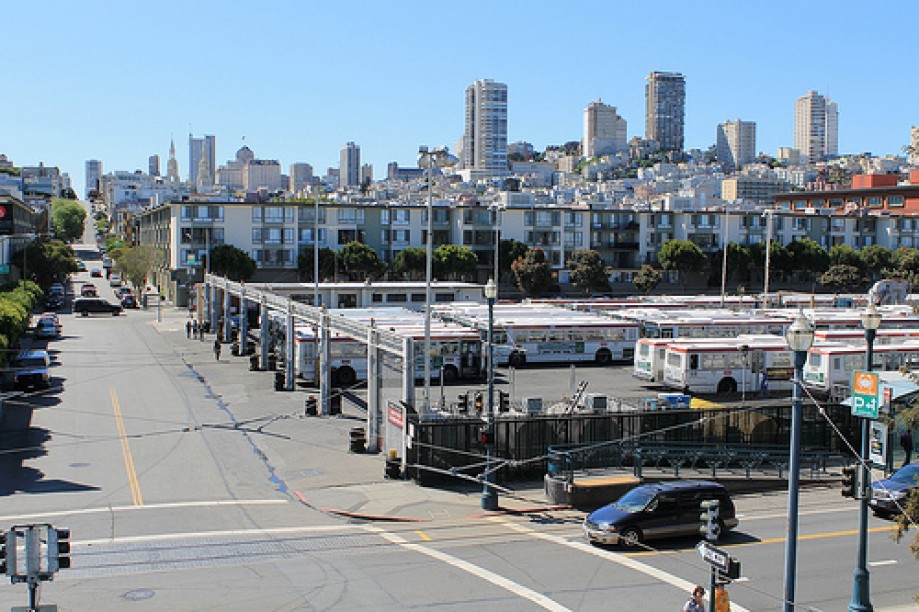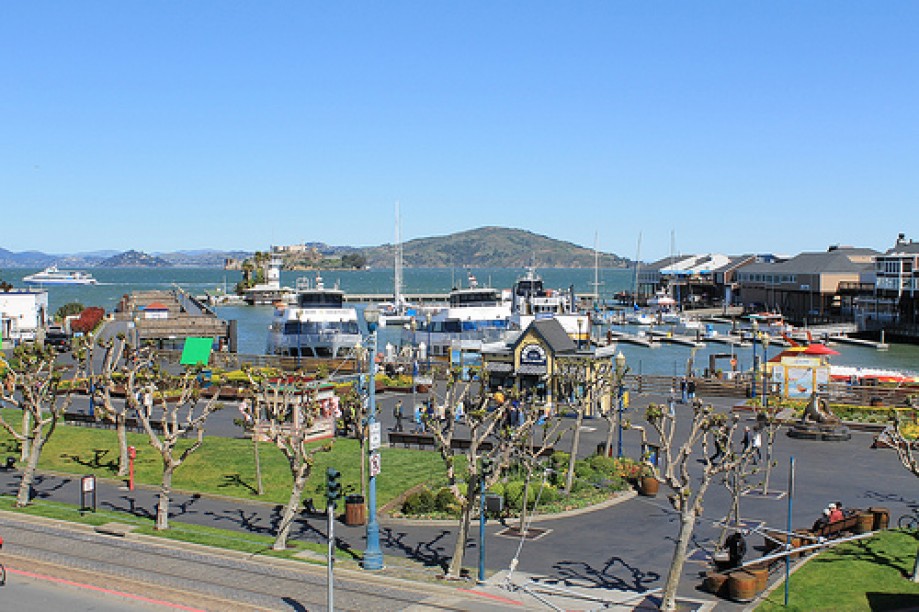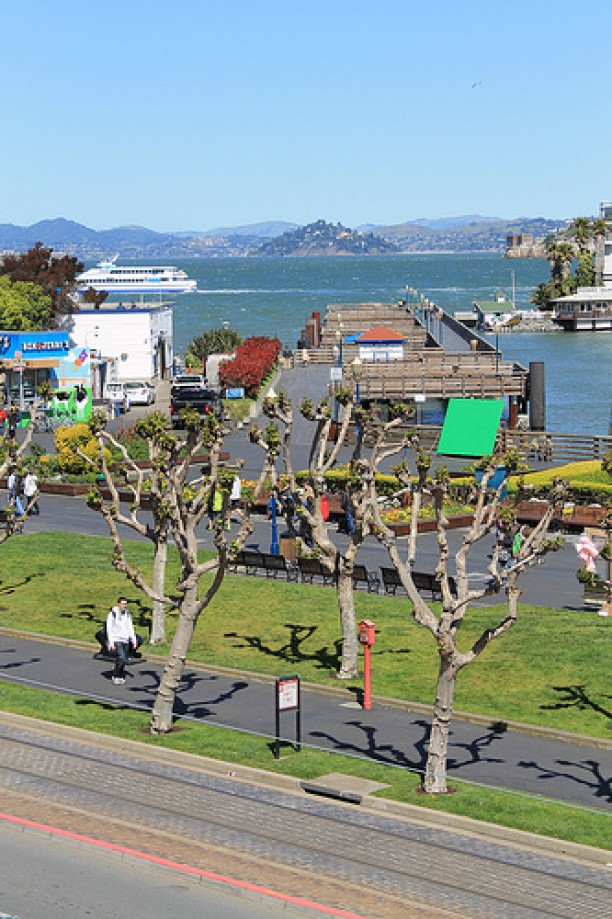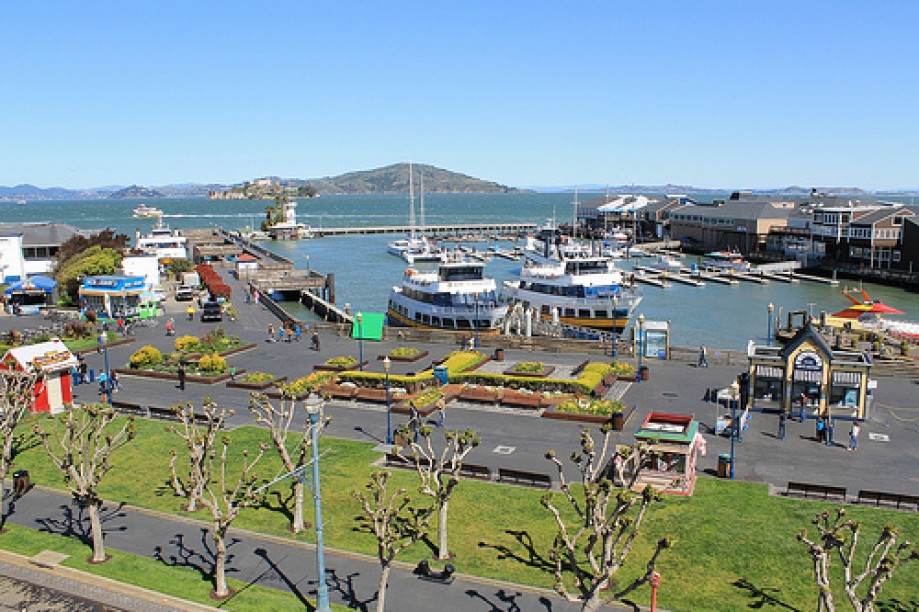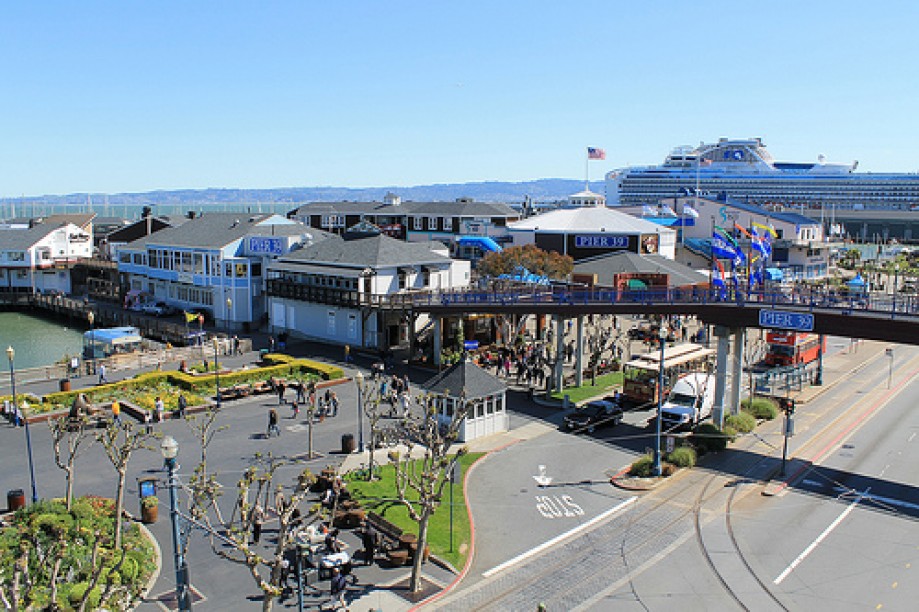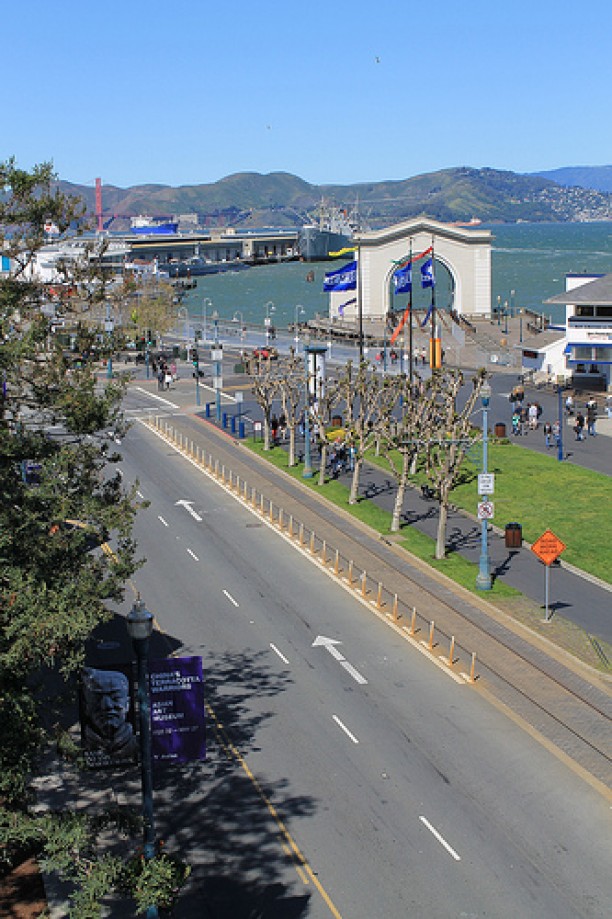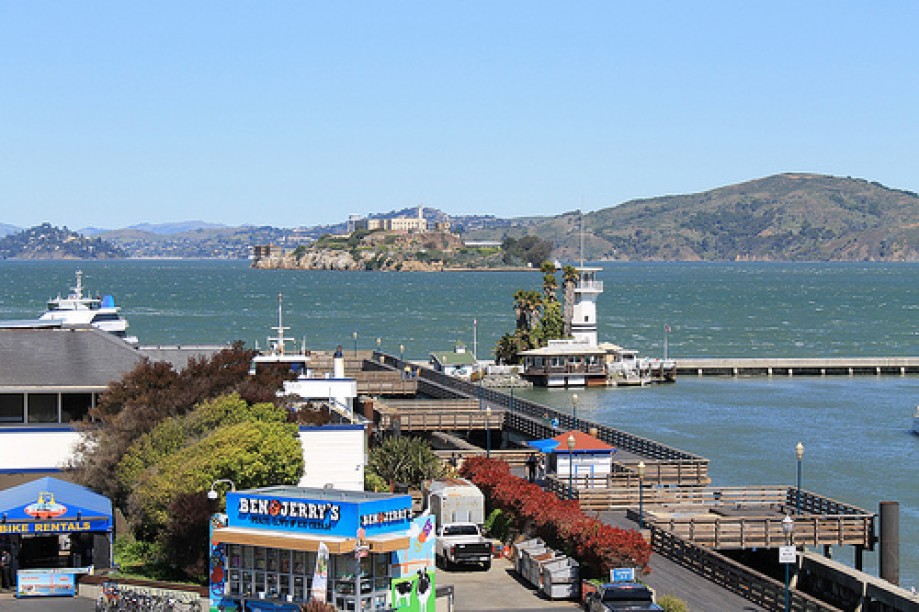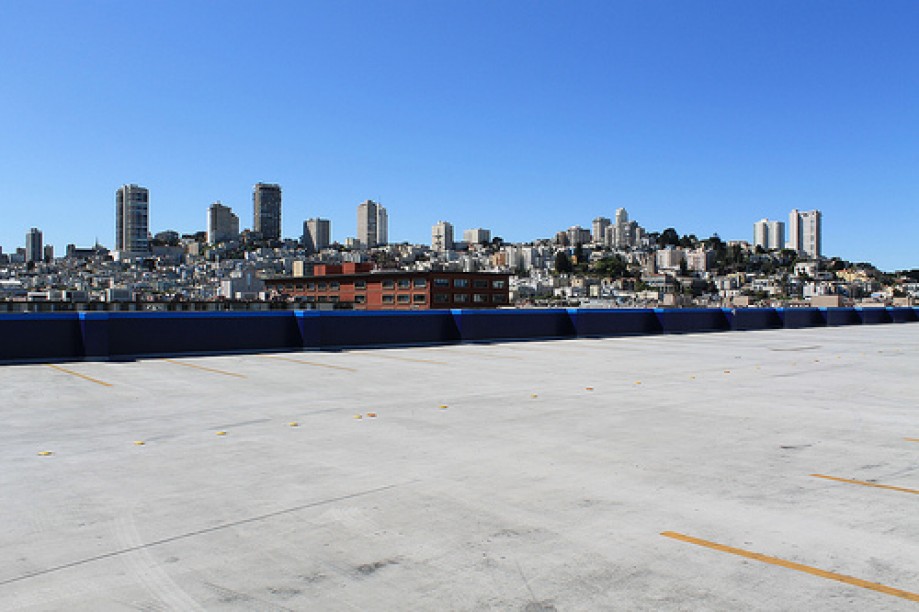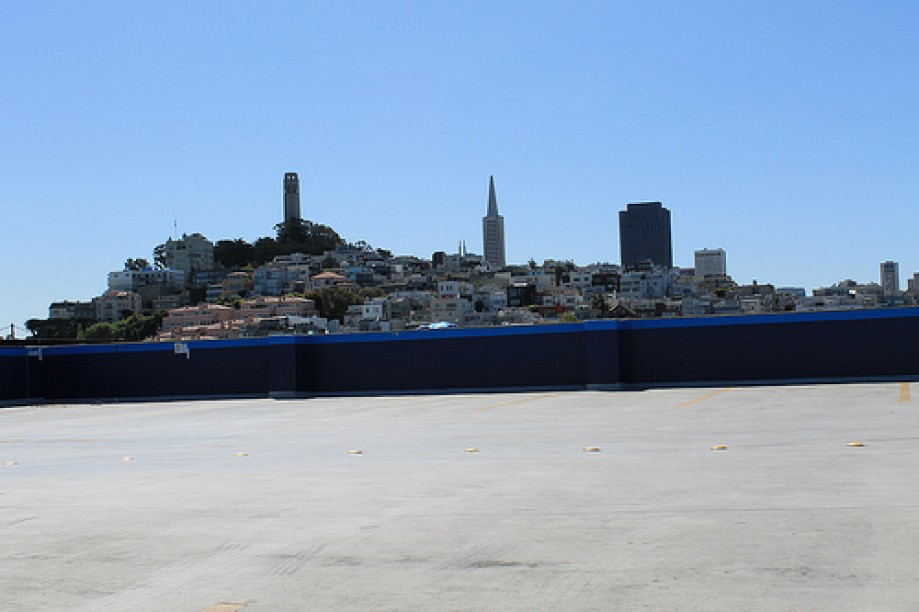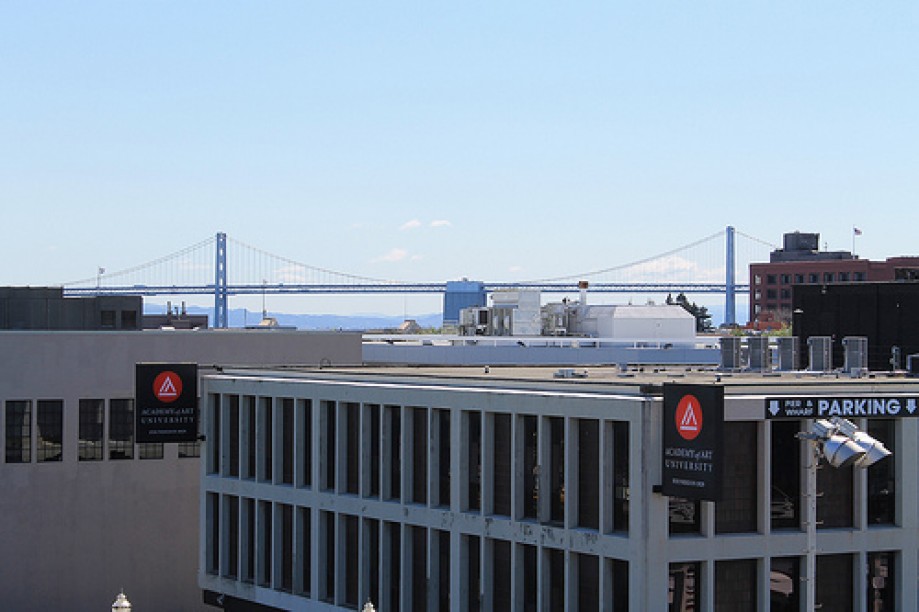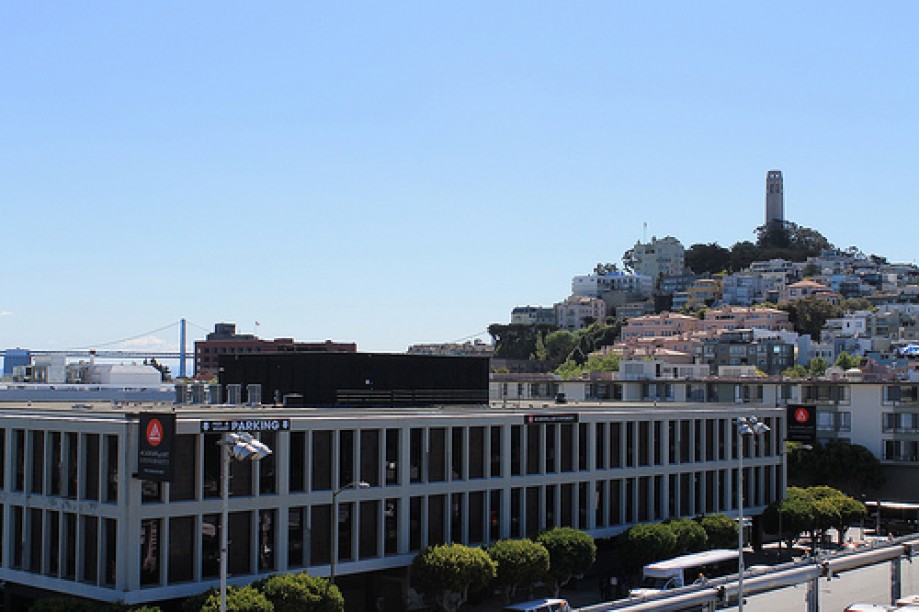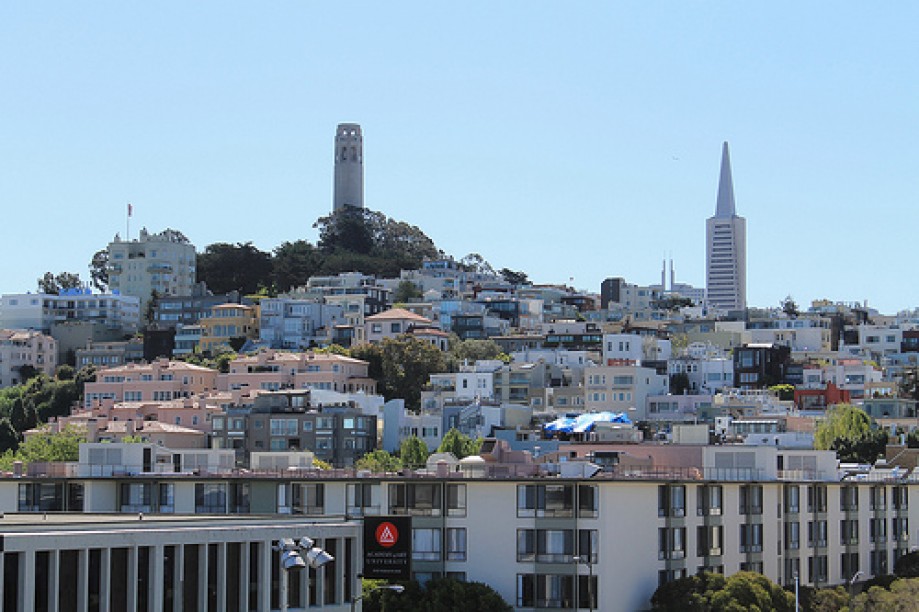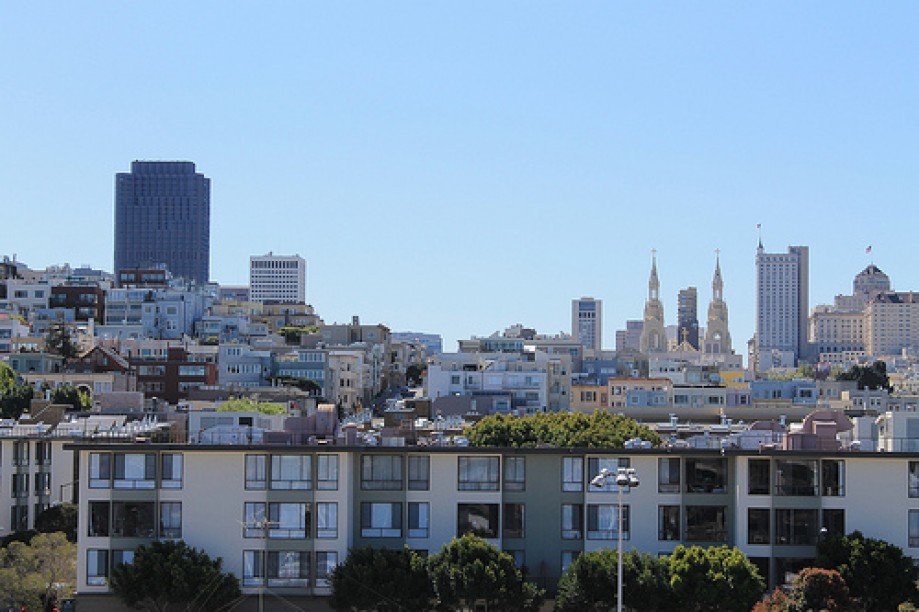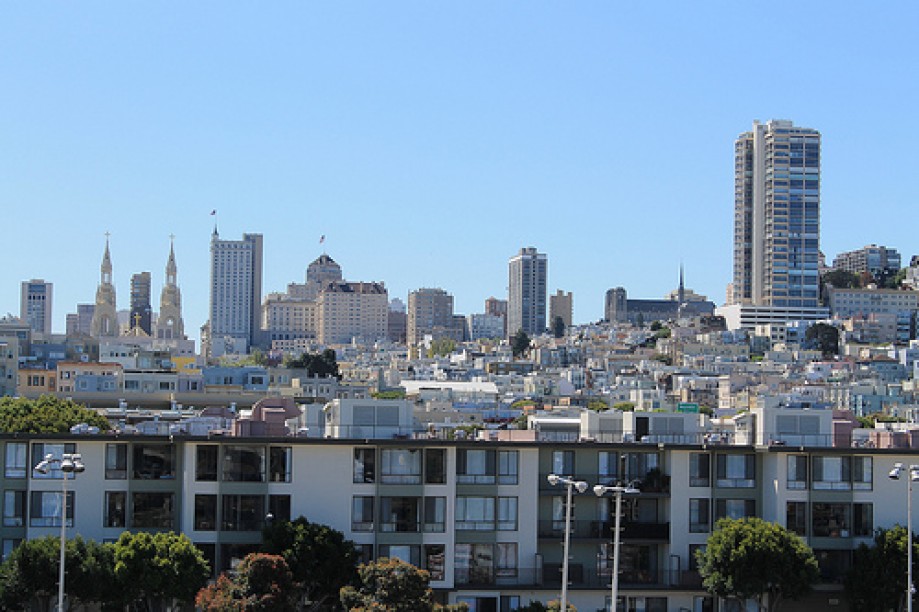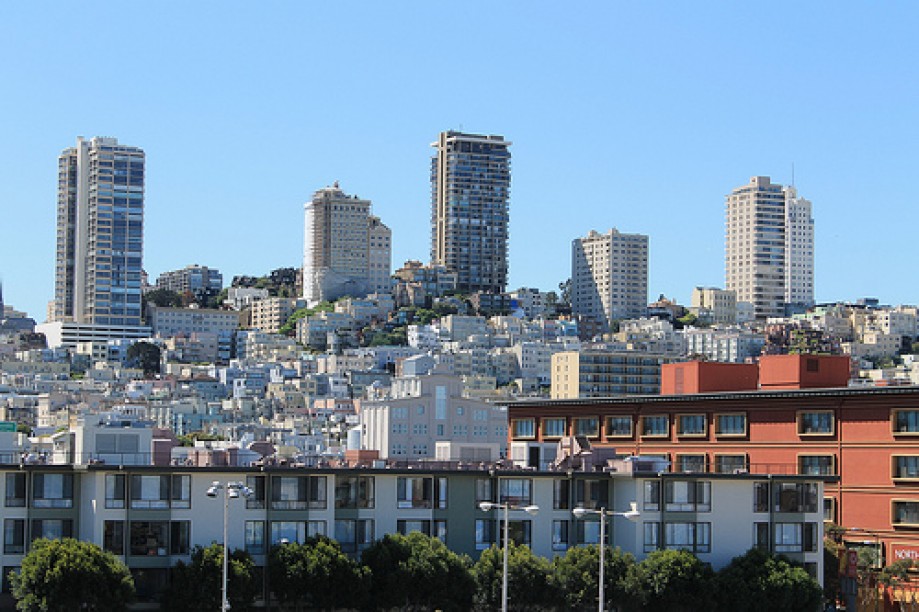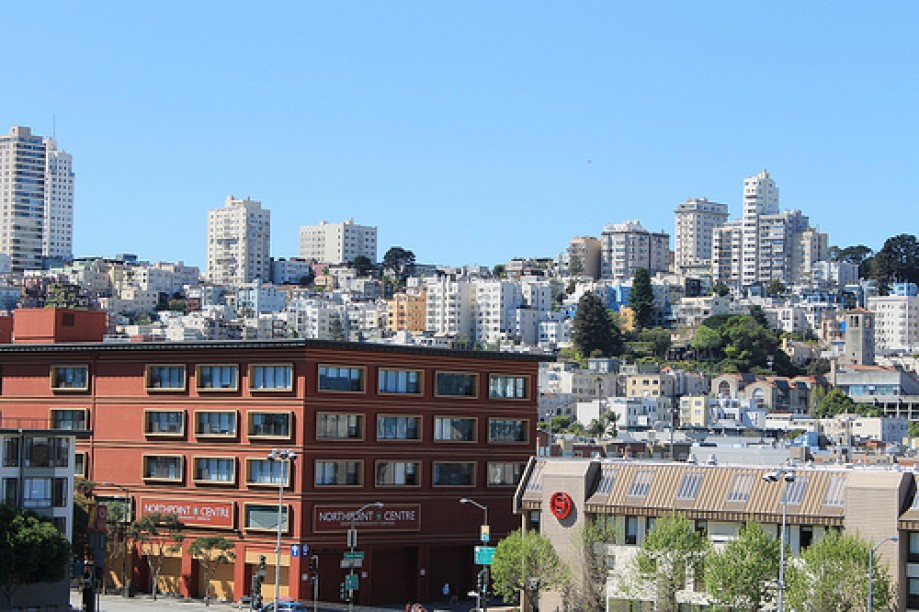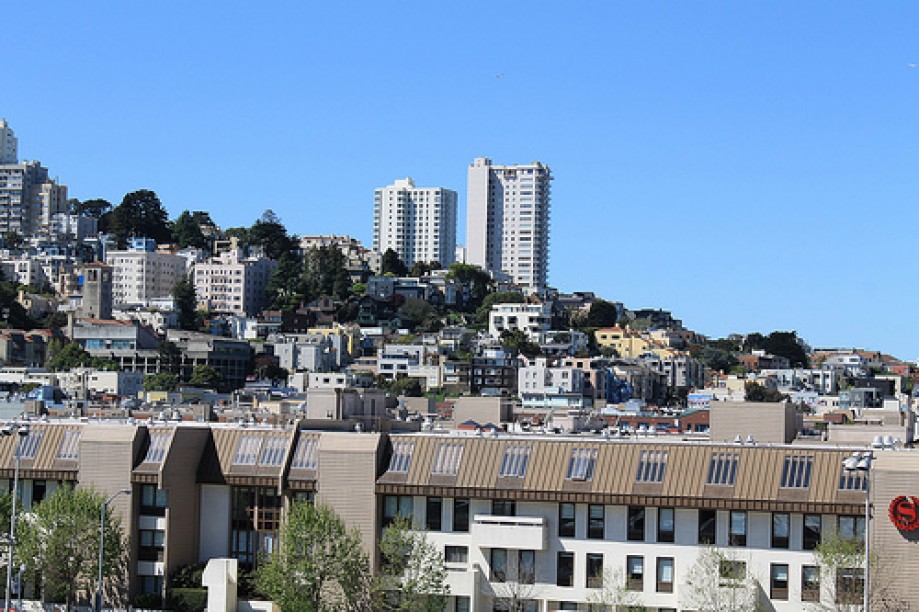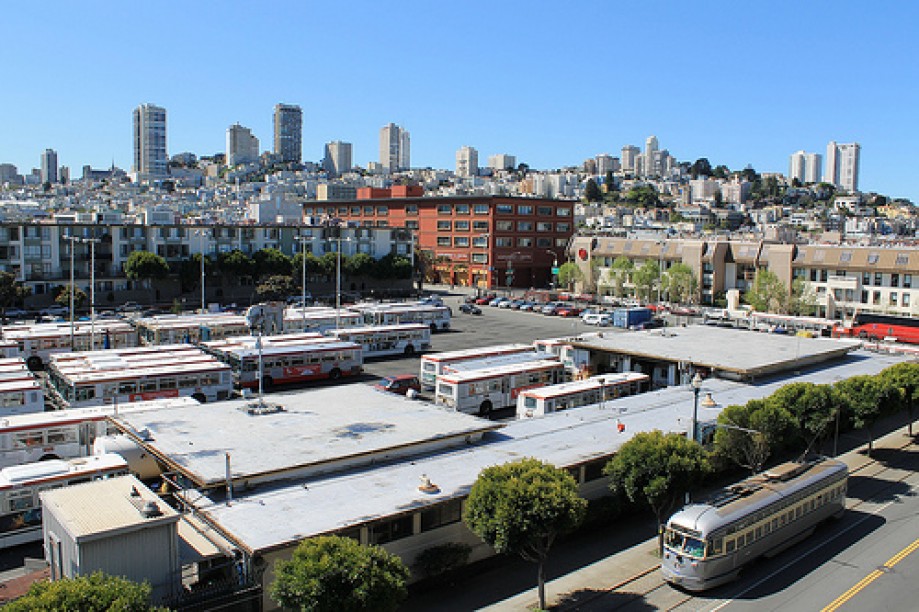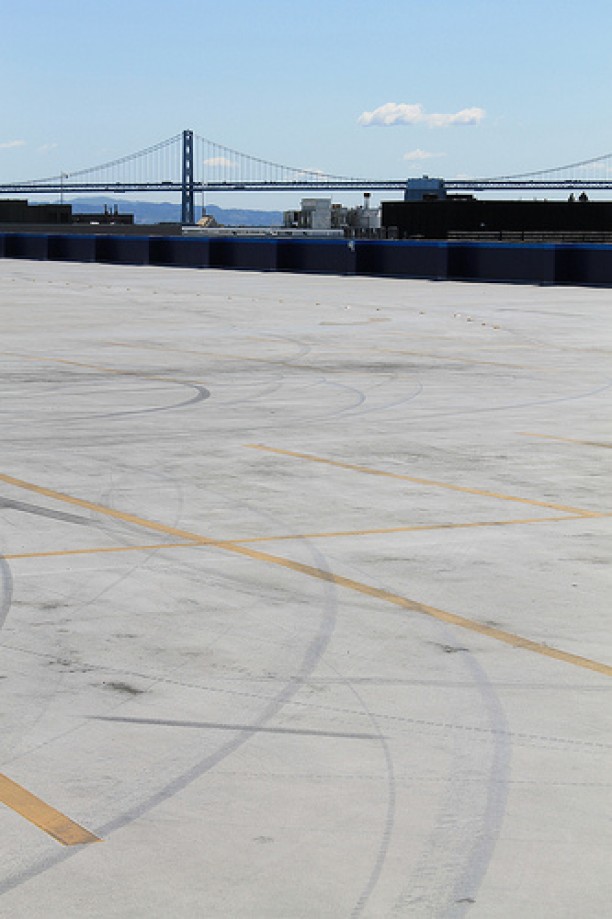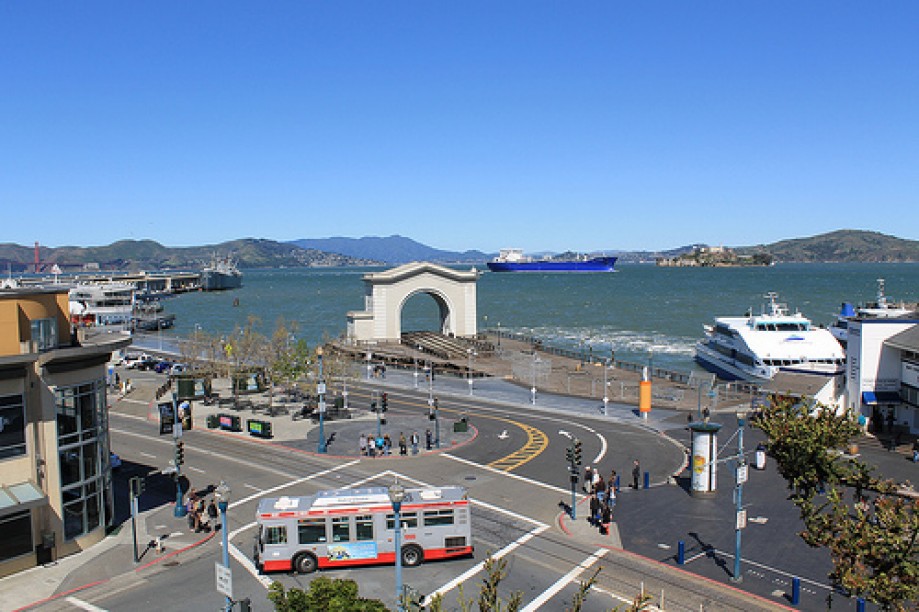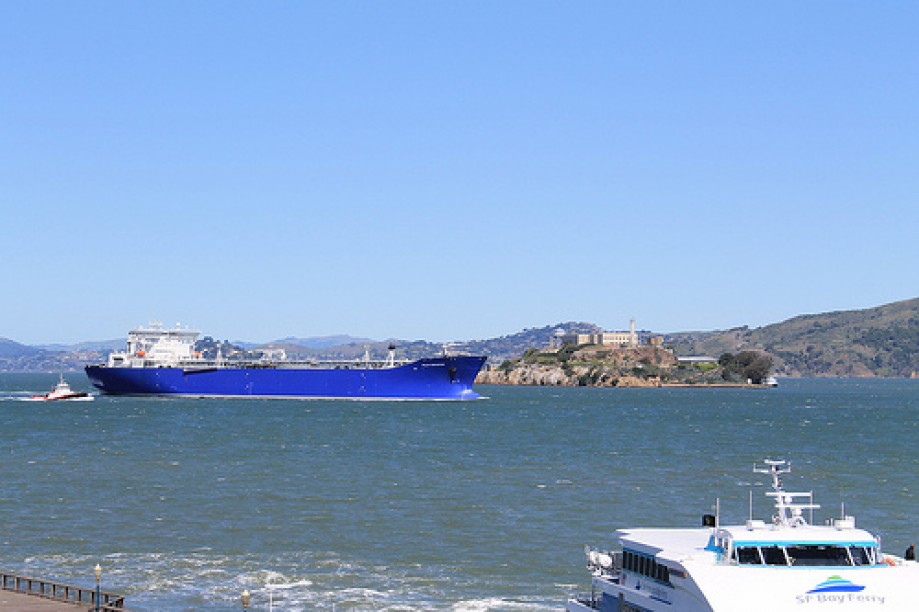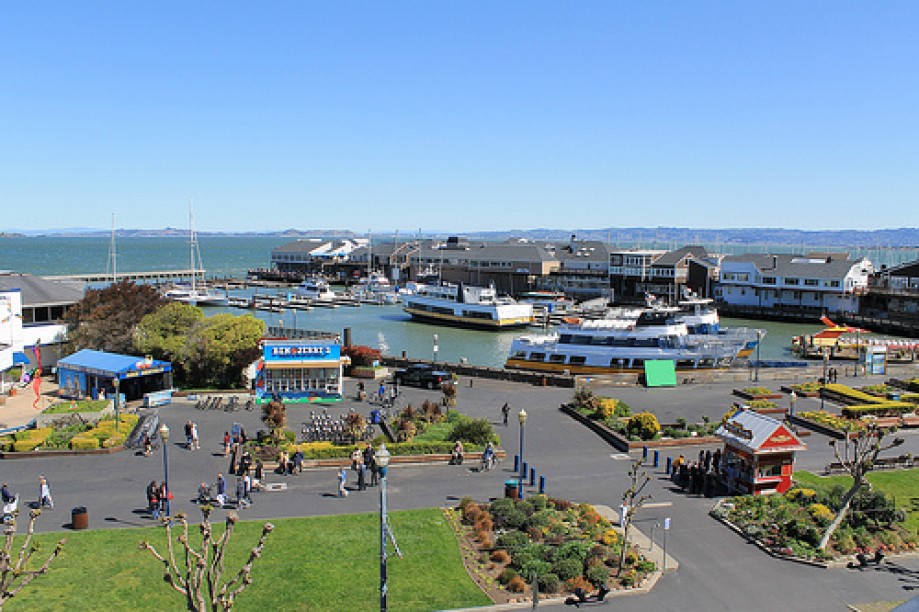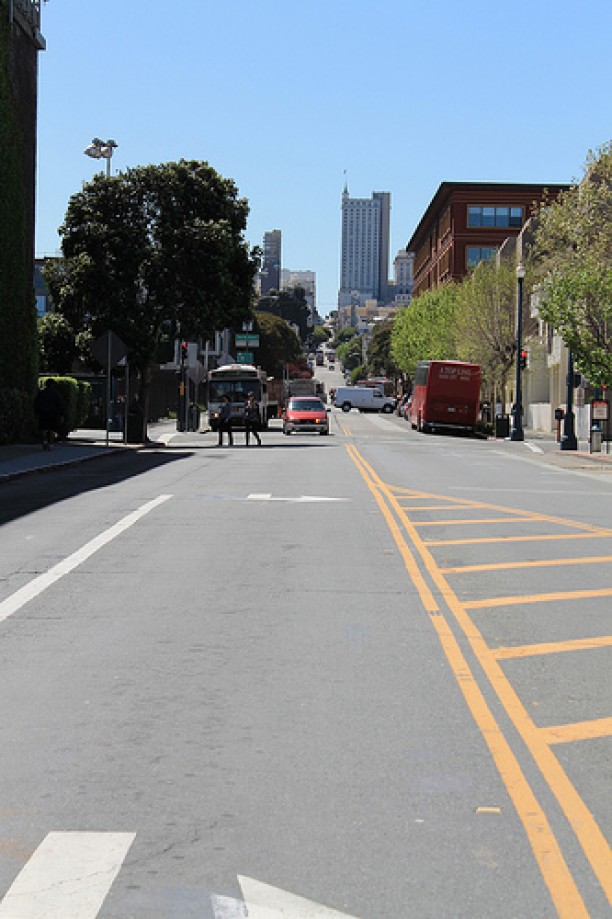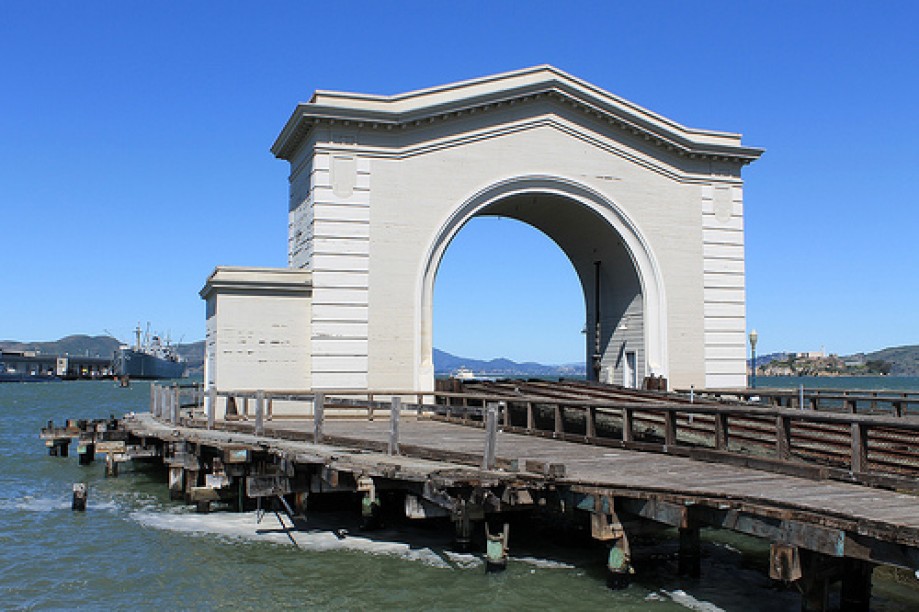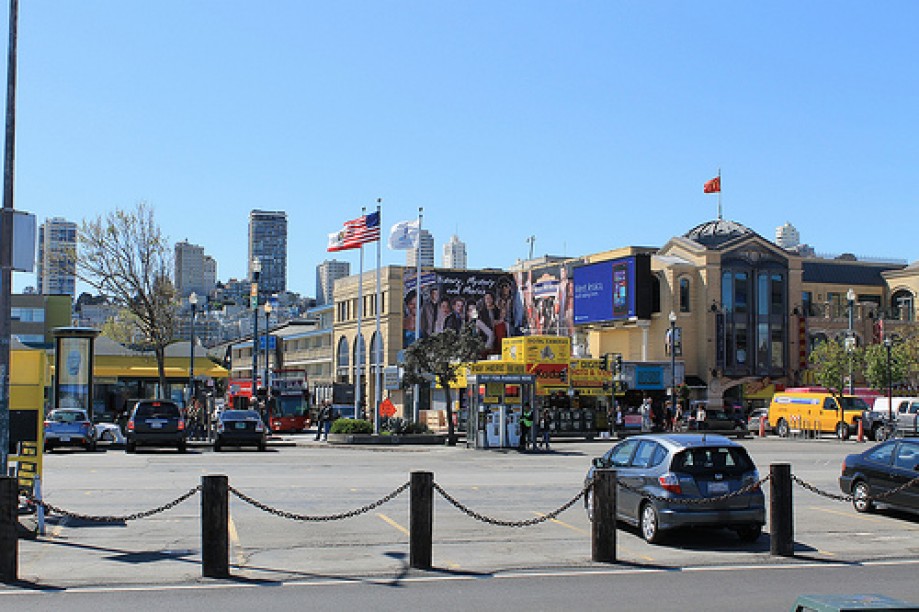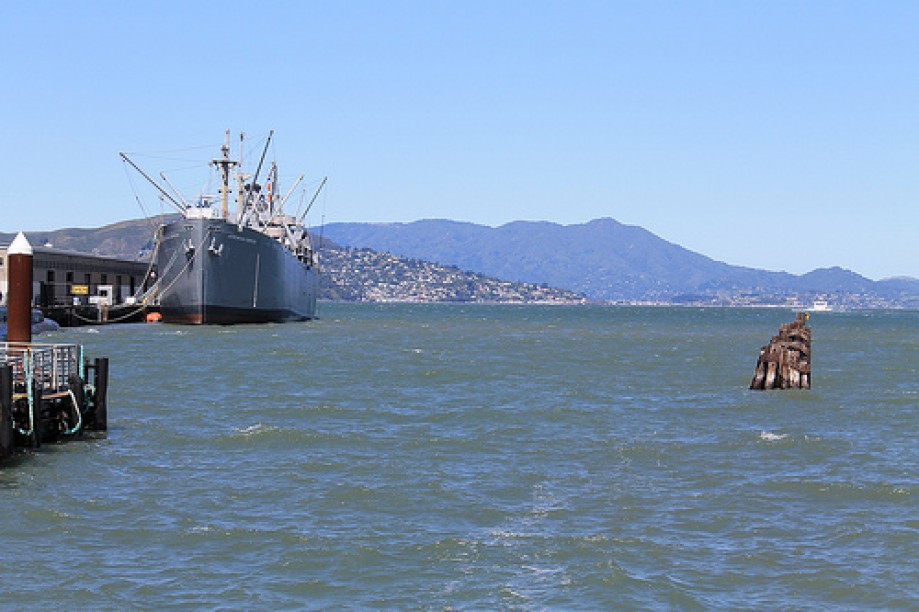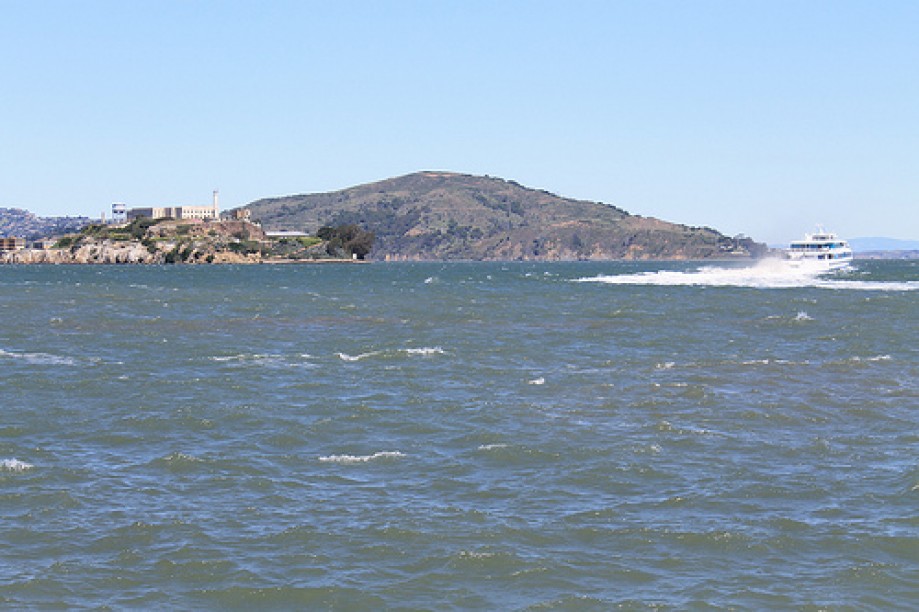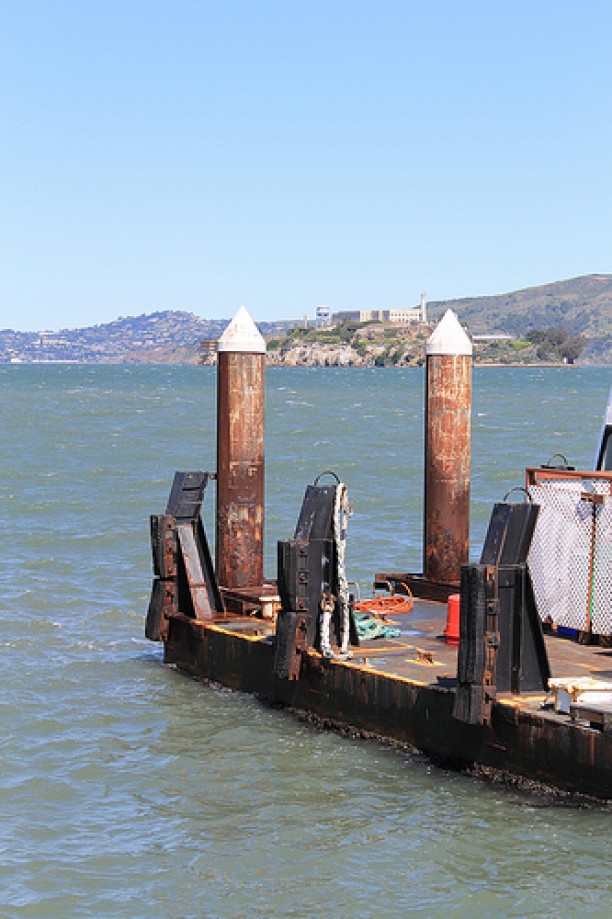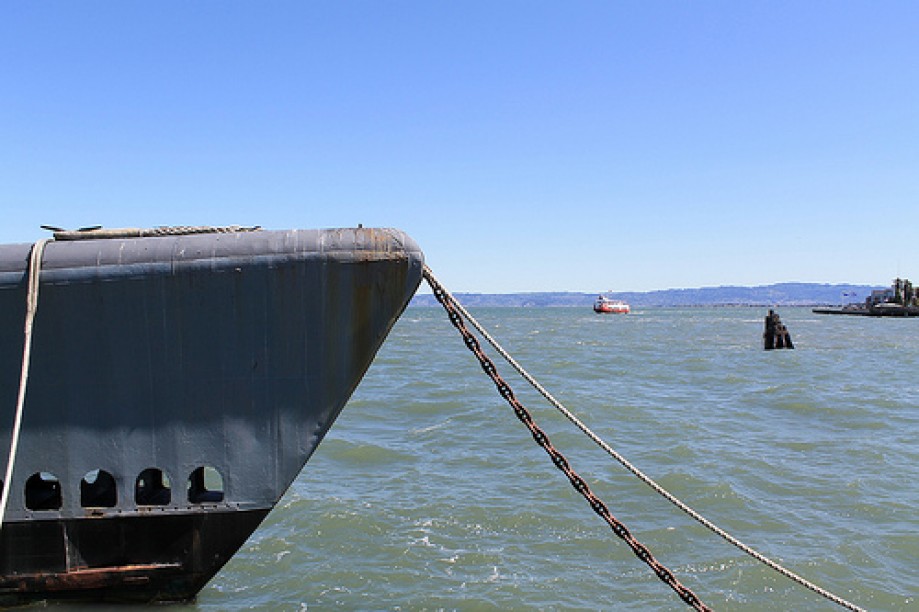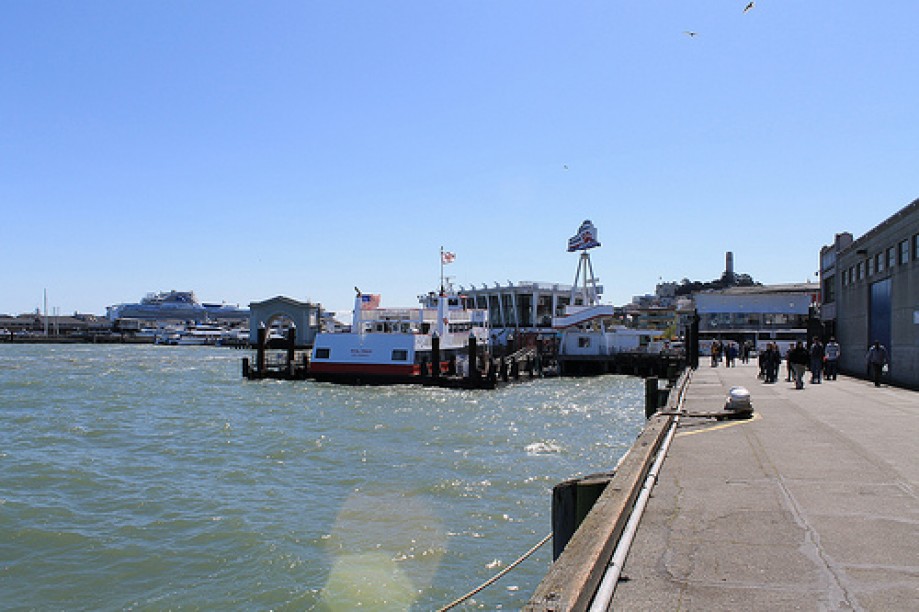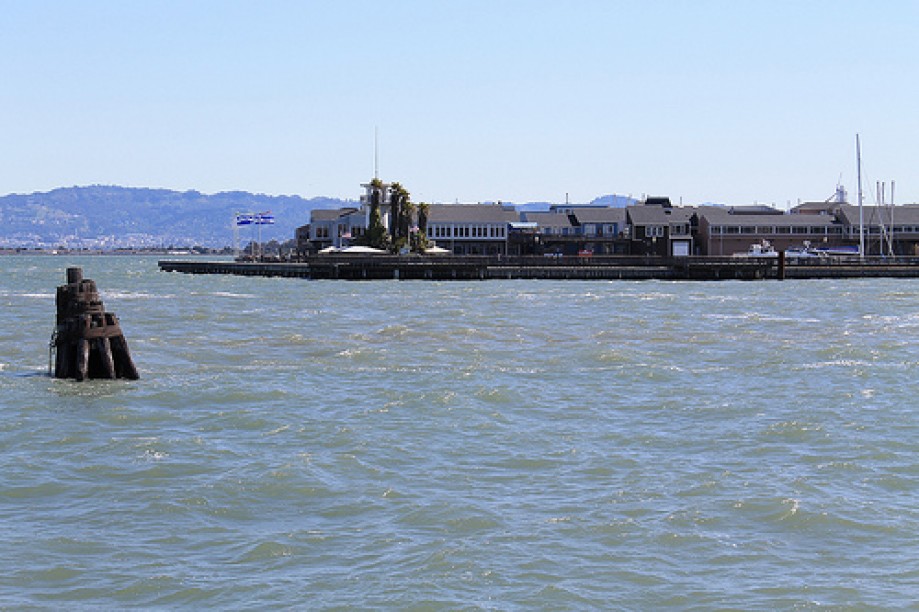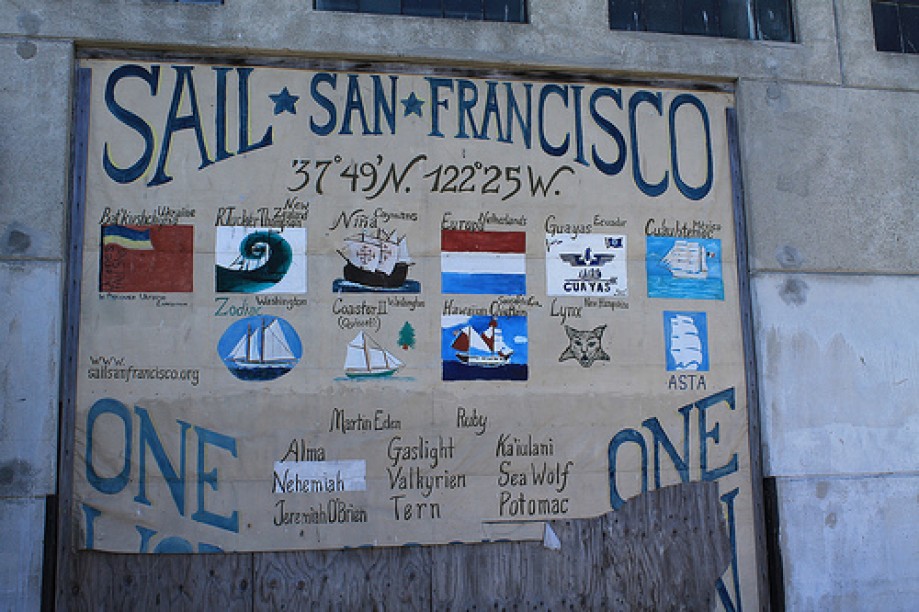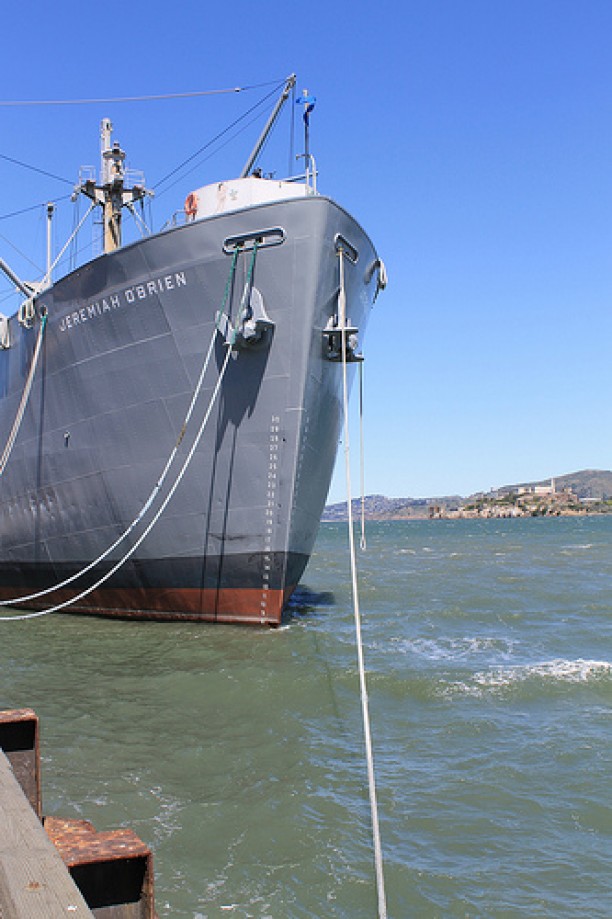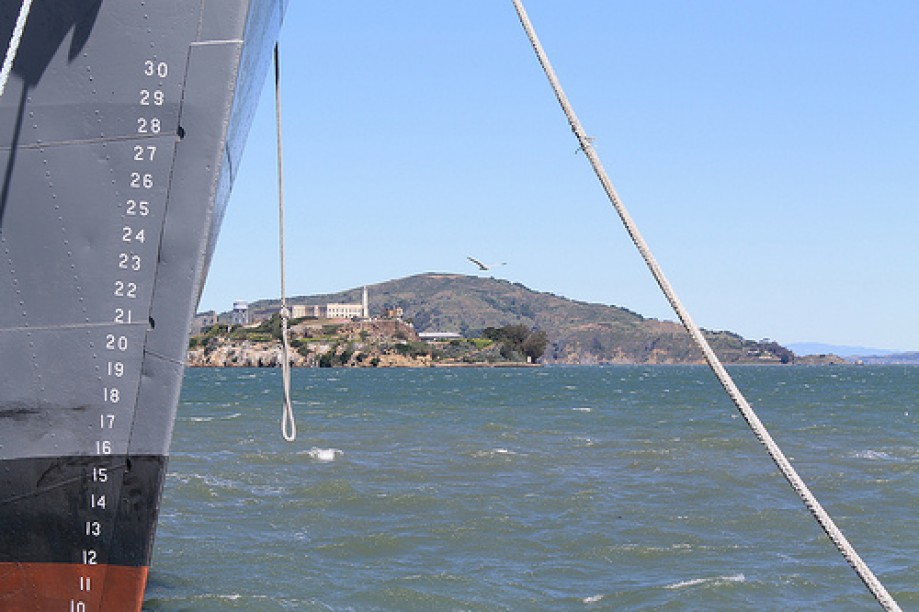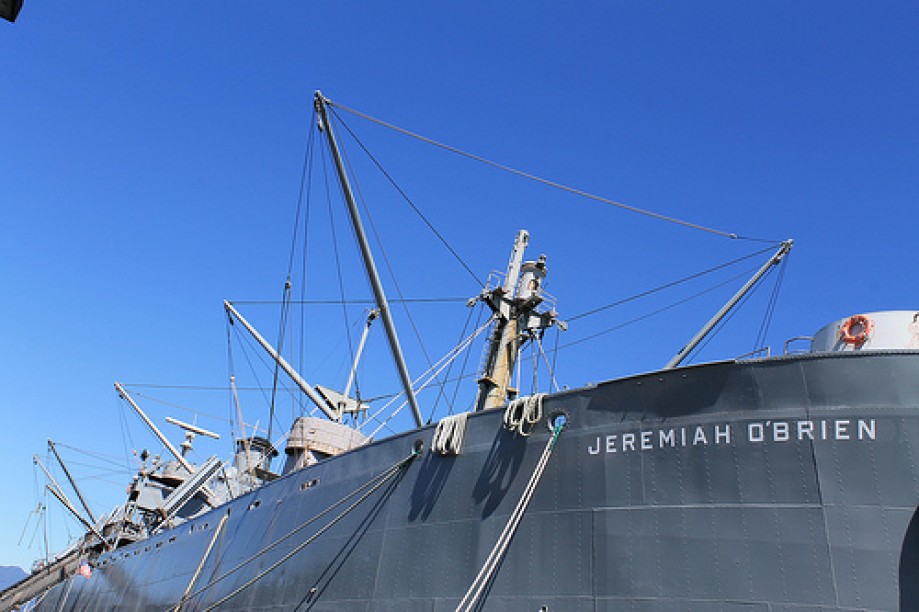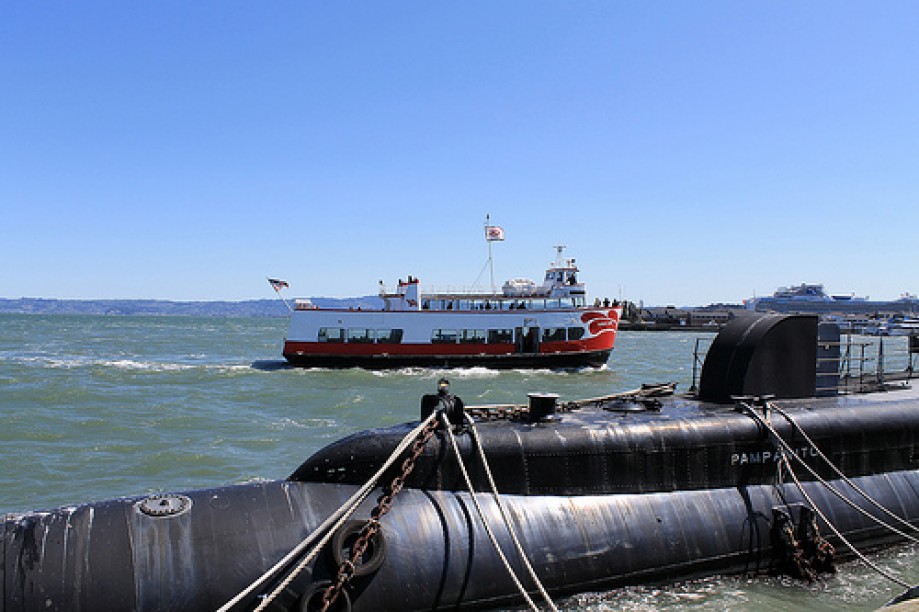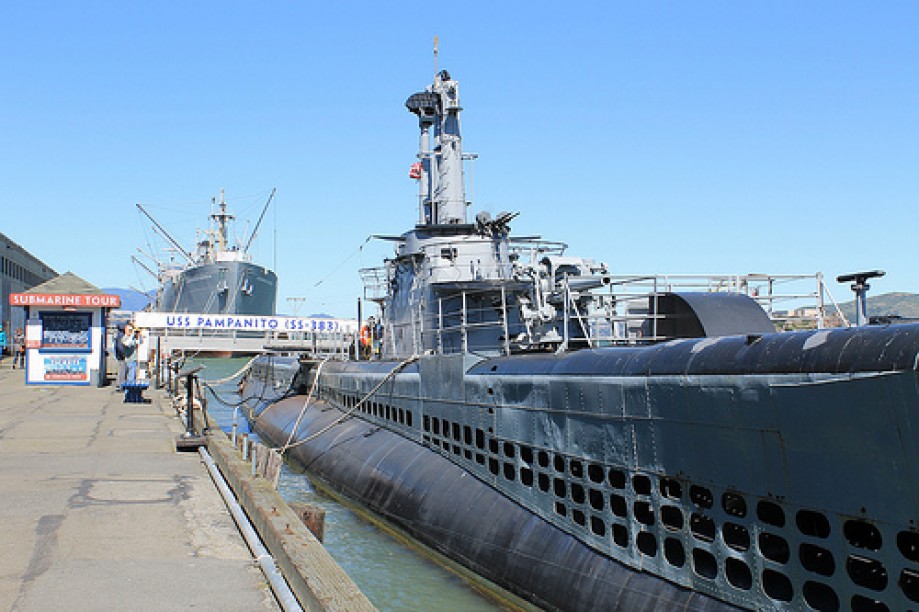Fisherman's Wharf, San Francisco
Map Explore
Photos
Chart (Mouse wheel zooms in)
Story
San Francisco's Fisherman's Wharf gets its name and neighborhood characteristics from the city's early days of the mid to later 1800s when Italian immigrant fishermen came to the city by the bay to take advantage of the influx of population due to the gold rush. One in particular, Achille Paladini found it so lucrative he made a fortune wholesaling the local crustaceans and went on to become California's second most wealthy Italian, second to none other than the founder of the Bank of Italy, later to become the Bank of America. He was also a pioneer in developing the fish industry on the west coast and went on to be known as the "Fish King." Most of the Italian immigrant fishermen settled in the North Beach area close to the wharf and fished for the local delicacies and the now famed Dungeness crab. From then until the present day it remained the home base of San Francisco's fishing fleet. Despite its redevelopment into a tourist attraction during the 1970s and 1980s, the area is still home to many active fishermen and their fleets.
One of the busiest and well known tourist attractions in the western United States, Fisherman's Wharf is best known for being the location of Pier 39, San Francisco Maritime National Historical Park and adjacent museum, the Cannery Shopping Center, Ghirardelli Square, a Ripley's Believe it or Not museum, the Musée Mécanique, the Wax Museum at Fisherman's Wharf, the floating Forbes Island restaurant, and restaurants and stands that serve fresh seafood, most notably Dungeness crab and clam chowder served in a sourdough bread bowl.
One of the busiest and well known tourist attractions in the western United States, Fisherman's Wharf is best known for being the location of Pier 39, San Francisco Maritime National Historical Park and adjacent museum, the Cannery Shopping Center, Ghirardelli Square, a Ripley's Believe it or Not museum, the Musée Mécanique, the Wax Museum at Fisherman's Wharf, the floating Forbes Island restaurant, and restaurants and stands that serve fresh seafood, most notably Dungeness crab and clam chowder served in a sourdough bread bowl.
